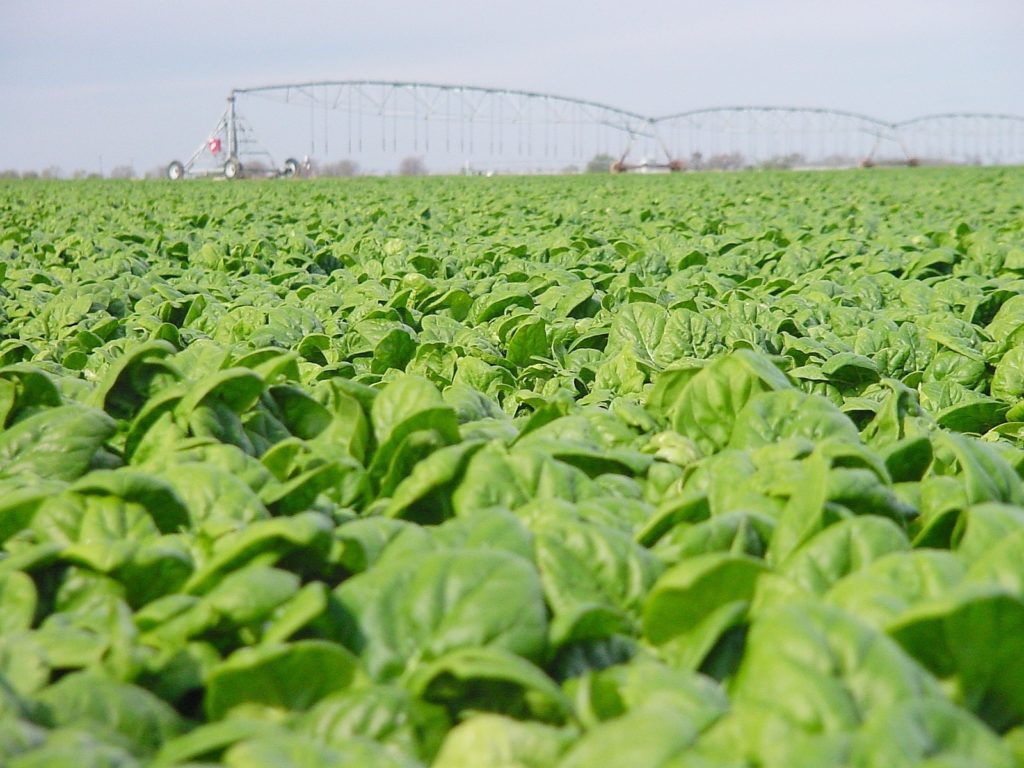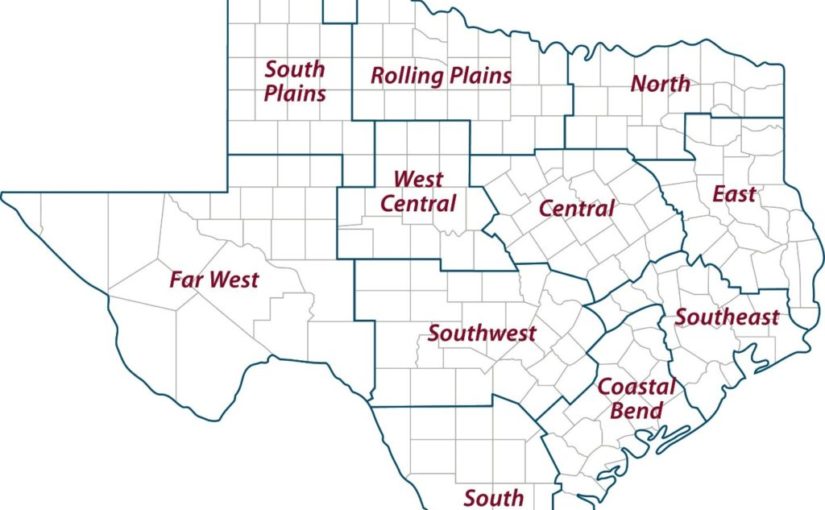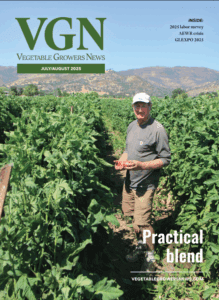Central
Consistent rainfalls, including 4-6 inches of snowfall, and cool conditions occurred. Moisture conditions improved dramatically. Pecan harvest continued with very good yields and fair to good quality, but prices were bad. Small grains looked very good. Wheat stands improved, but most fields showed mixed leaf stages depending on when the seed germinated. There were many reports of muddy conditions in pastures. Conditions for this time of year will be exceptional following some sunny, dry days. Producers were seeing heavy flushes of winter annual weeds, and weed control will begin when fields dry. Winter forage crops were in decent condition and being grazed. Livestock were in fair condition with supplemental feeding. Soil temperatures were creeping upward, and a small amount of pasture green-up along the warmer south facing slopes was reported. Tanks were full.
Rolling Plains
Areas of the district received much-needed moisture. Cattle producers continued supplementing cow-calf and stocker operations with protein supplements and hay where forages were limited. Winter wheat pasture conditions were gradually improving.
Coastal Bend
Some scattered showers with above-average temperatures were reported. Soils were being prepared for row crop planting, and producers were getting their planting equipment ready. Moisture conditions should be adequate for planting unless conditions change. Weeds were emerging, and some fields were too wet to access for herbicide application. A few aerial applications for weed control were reported. Winter pastures of oats, wheat and ryegrass were producing well with recent moisture and mild temperatures. Some pastures with winter forage were still too wet for livestock grazing. Livestock were in good condition and continue to be fed both hay and protein. Hay quantities were below average, and cattle prices were holding steady.
East
Rain and snow rolled through the region saturating the ground and filling up ponds. Shelby County reported 5.5 inches of snow as well as rain and sleet. Gregg and Panola counties received so much precipitation that the ground was water-logged, making it difficult for producers to access pastures and fields. Cattle prices were up. Livestock were doing fair to good with supplemental feeding taking place. Wild pigs remained active and caused damage to pastures and properties.
South Plains
The district received half an inch of rainfall. The rainfall and a recent snowstorm have improved soil conditions, but more rain will be needed before planting season. Winter wheat was in poor condition across the district. Most dryland wheat did not emerge, and irrigated fields were in poor condition due to drought. Cattle were being fed hay due to the lack of available forage.
Panhandle
Topsoil and subsoil moisture conditions were mostly very short with reports of short topsoil moisture in central areas of the district. Pasture and rangeland conditions were fair to very poor. Winter wheat fields were in poor to good condition. Deaf Smith County producers were on hold until spring planting. Fieldwork continued with compost and manure still being applied. There were few cattle out on pasture due to limited emergence of small-grain plantings.
North
Topsoil moisture throughout the district was adequate to short. Some counties experienced light rainfall and up to 0.75 of an inch, which moistened soils. Farmers reported good wheat conditions. Winter grazing pastures looked good, and stock ponds were full. Cattle were in good shape. Feral hog activity was extremely high.
Far West
Temperatures were in the mid-30s overnight and between the upper-50s and mid-60s during the day. Trace amounts of rain were reported in some areas. Cattle on the rangeland were in overall good condition due to proper stocking rates and supplemental feeding. Beef cattle producers were beginning to sort bigger calves and preparing them to ship within the next quarter. Winter wheat and oats perked up following recent moisture events, but below average production was expected. Pecan producers were managing orchards after completing harvest.
West Central
No report.
Southeast
Temperatures warmed, but a cold front was expected soon. Counties reported several days of rain. Winter grasses were not doing well. Forage legumes were beginning to germinate while oat pastures were rebounding somewhat. Ryegrass should be growing well soon. Livestock were in good condition. Rangeland and pasture ratings were excellent to very poor with fair ratings being the most common. Soil moisture levels ranged from adequate to surplus with adequate levels being the most common.
Southwest
Scattered showers delivered up to 1.5 inches of rain across the district. Cool weather conditions slowed growth of cool-season forages. Fields were being prepared for corn and milo. Kinney County reported winter wheat and oats were up and doing well. Caldwell County reported cow and calf markets were low. Supplemental feeding of livestock and wildlife continued.
South
Soil moisture conditions were adequate to very short around the district. Mild temperatures and rainfall ranging from drizzle to 1.75 inches were reported. Many areas reported 0.5-1 inch of rainfall. Wheat and oat plantings continued. Native grasses were dormant. Pasture and rangeland conditions were poor, and supplemental feeding continued. Hard freezes in the first half of January brought pasture growth to a halt. Fall-planted crops sprouted due to recent rains, but growth was limited. Hay producers were selling hay for $65 per round bale on average. Producers hoped a return of normal, warmer temperatures will improve pasture and fall crop conditions. Wildlife were searching for winter weed growth. Farmers were preparing soil for the next growing season.


















